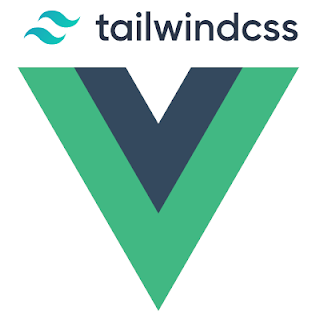A Closer Look at Pair Programming
Last June 11th, I had the opportunity to participate as a speaker in the Vue.js Global Summit by Gleekle to talk about one of my favorite topics, Pair Programming. My intention with this talk was to motivate teams to adopt this wonderful technique to improve their productivity. Here I bring you a summary, we will be covering: What is Pair Programming? Benefits of Pair Programming Pair Programming styles Implementing Pair Programming (tips and tricks) Common Pushbacks Takeaways Before start talking about Pair Programming, it’s important to mention some of the most common problems inside a development team: First, Lack of communication between team members - This could be partialized or generalized problem depending on the company Another one is Centralized knowledge - This happens when one team member is the to-go person for any particular technology, codebase familiarity, or domain knowledge. And yeah somebody is coming to your mind right now Never-ending code reviews - A sing




